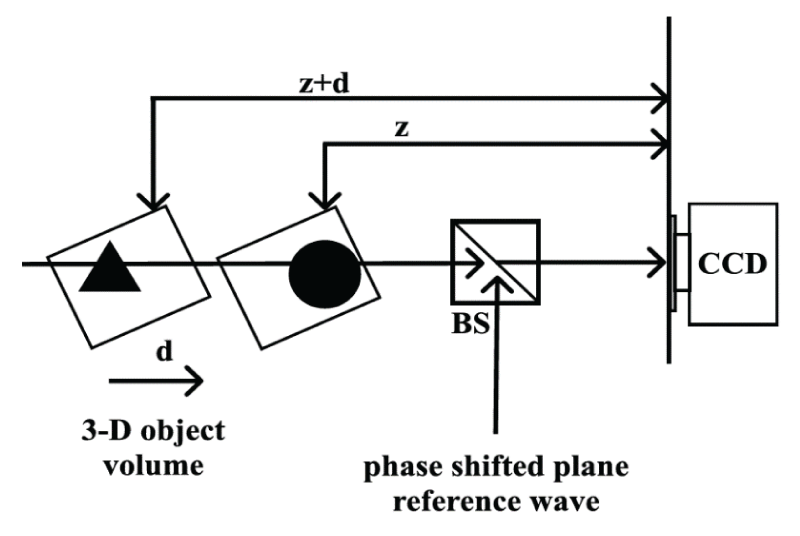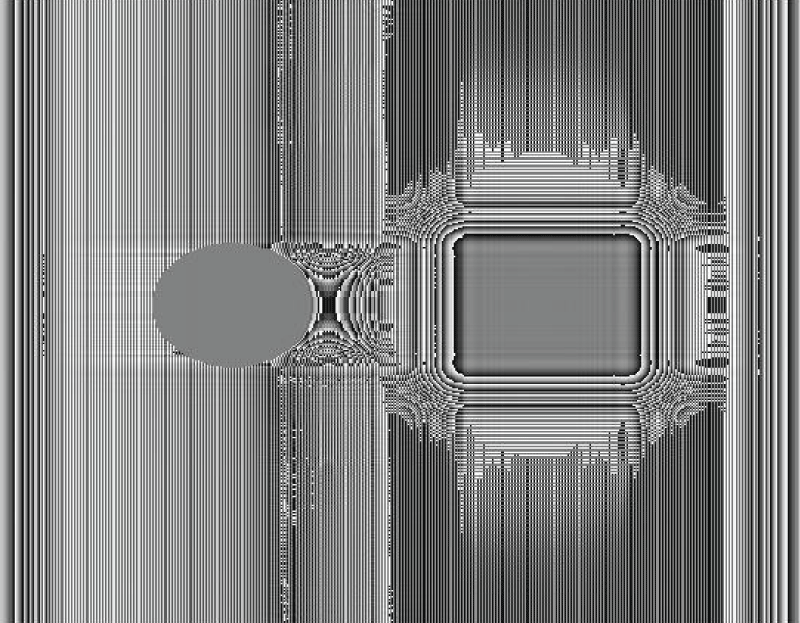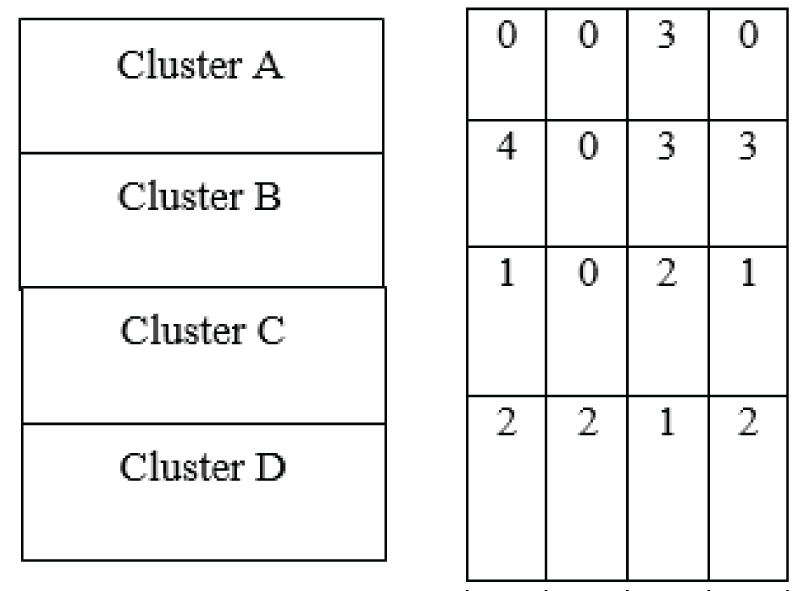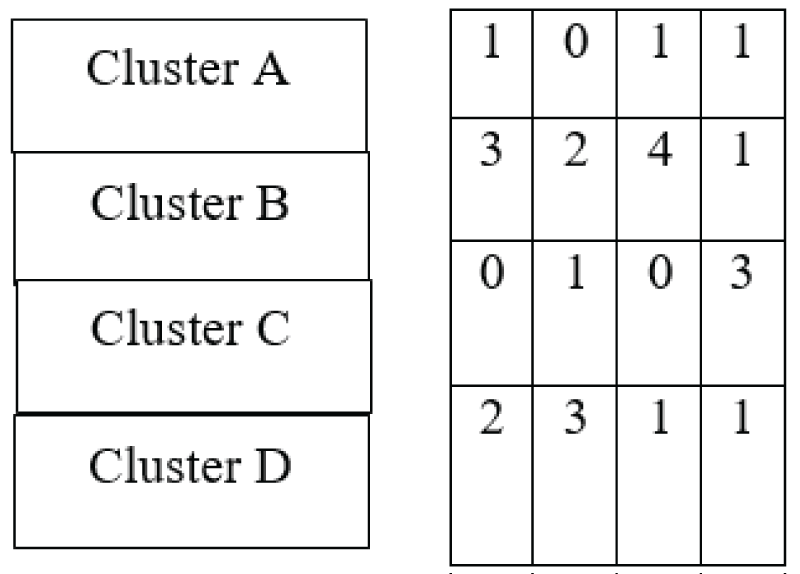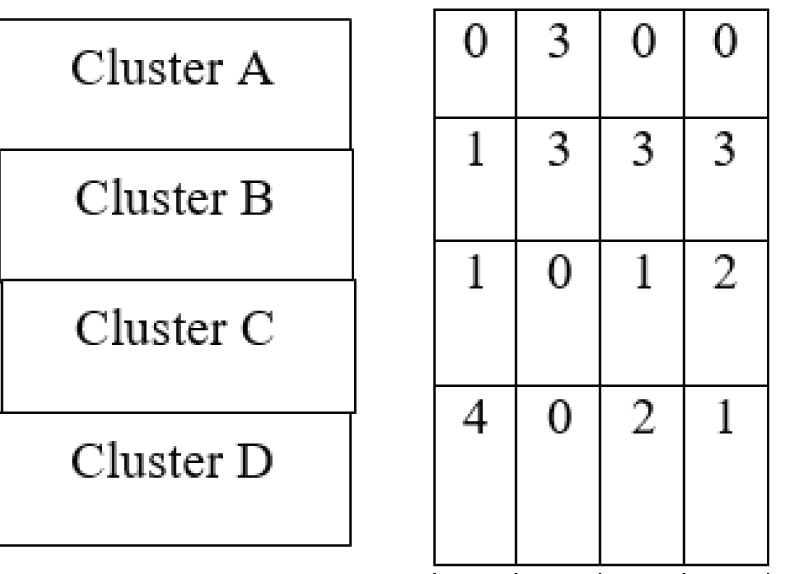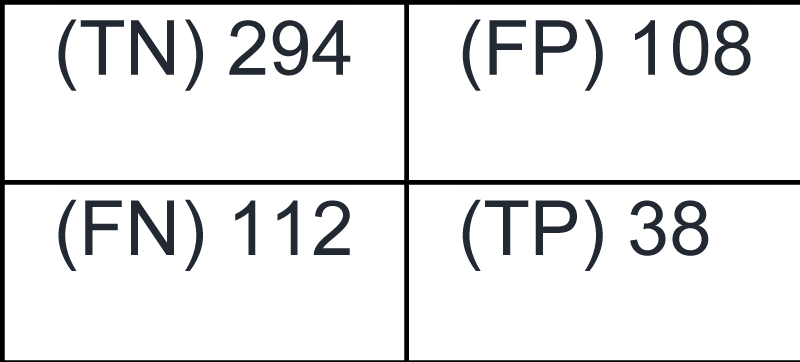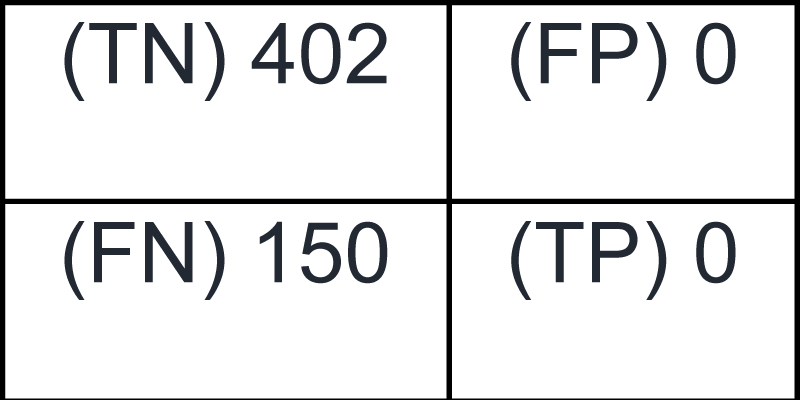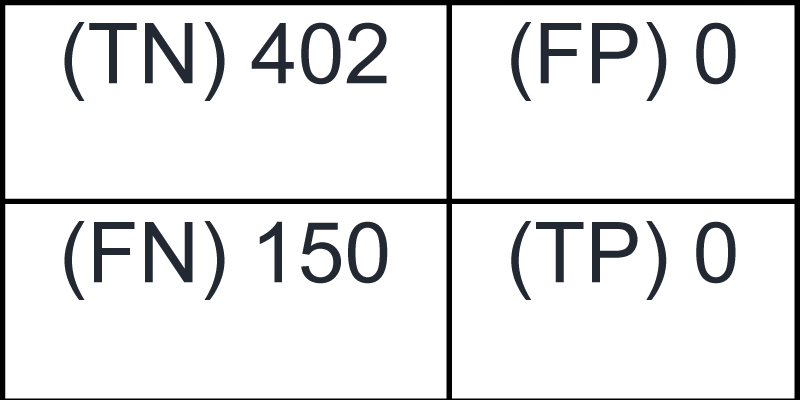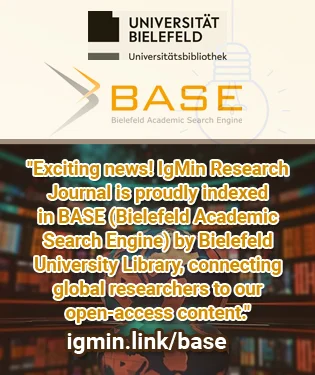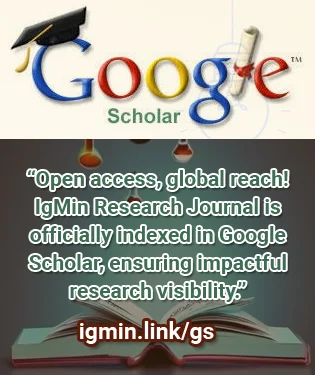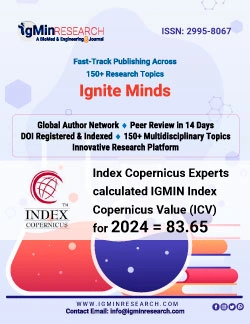Abstract
In this study, clustering of four distinct three-dimensional (3-D) objects—‘triangle-square’, ‘circle-square’, ‘triangle-circle’, and ‘square-triangle’—was performed using a phase-only digital holographic image dataset. The dataset was generated through Phase-Shifting Digital Holography (PSDH), wherein digital holograms of the objects were captured and numerically reconstructed to extract the corresponding phase images. To enhance dataset diversity, each phase image was subjected to rotational augmentation at 0.5-degree intervals, resulting in a total of 2880 images. Three clustering algorithms—k-means, affinity propagation, and mean shift—were independently applied to the dataset to evaluate their effectiveness in grouping the holographic phase images. The clustering performance was quantitatively assessed using a comprehensive set of evaluation metrics, including: accuracy score, Rand index, adjusted Rand index, mutual information score, adjusted mutual information score, homogeneity score, completeness score, V-measure, Fowlkes–Mallows index, silhouette score, Calinski–Harabasz index, and Davies–Bouldin index. In addition, the contingency matrix and pair confusion matrix were employed to further substantiate the clustering results. The performance of the k-means algorithm was benchmarked against the affinity propagation and mean shift methods to validate its relative efficacy. These comparative results provide a robust justification for the chosen methodology and offer insights into the suitability of clustering algorithms for phase-only digital holographic image analysis.




